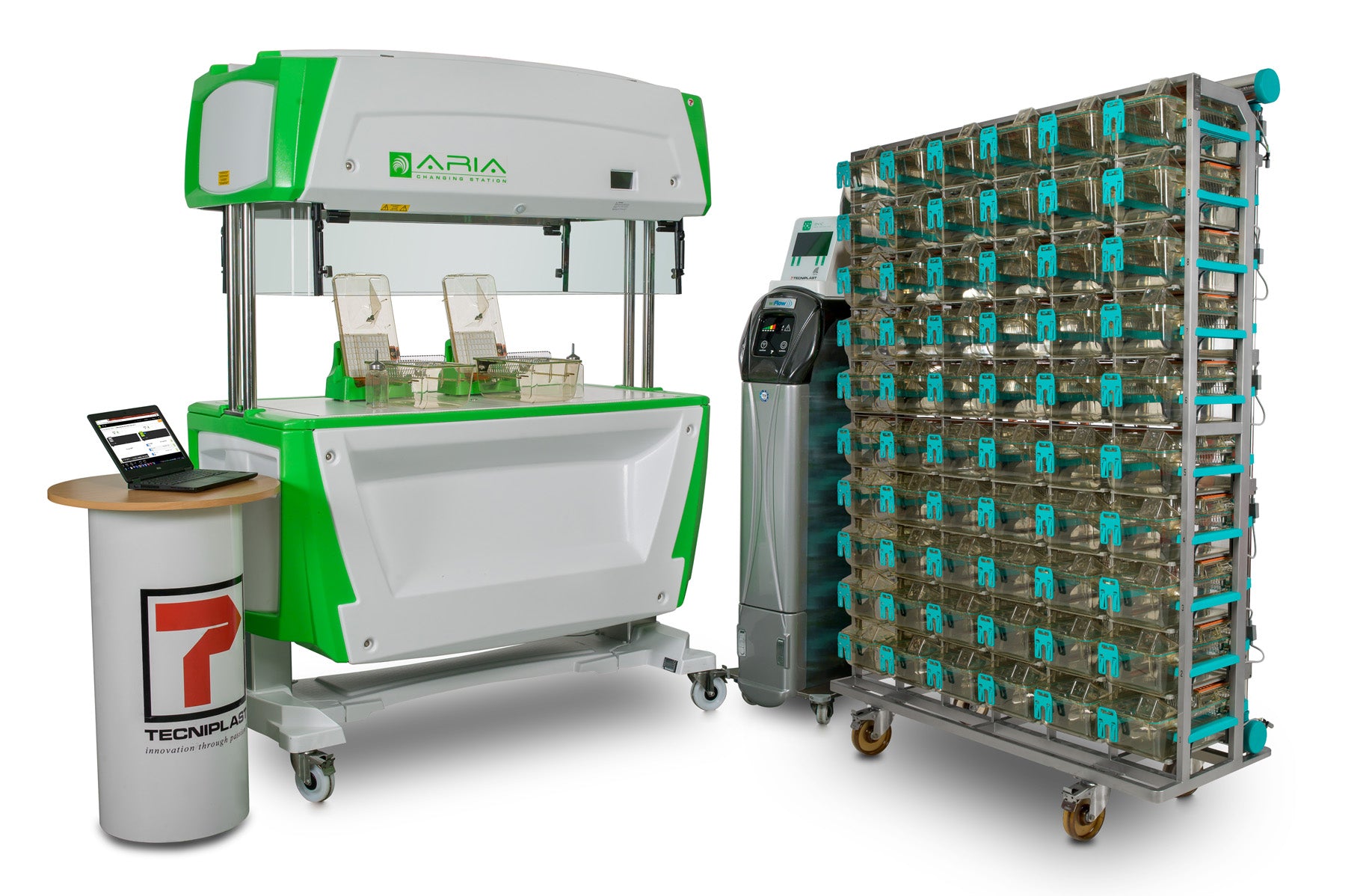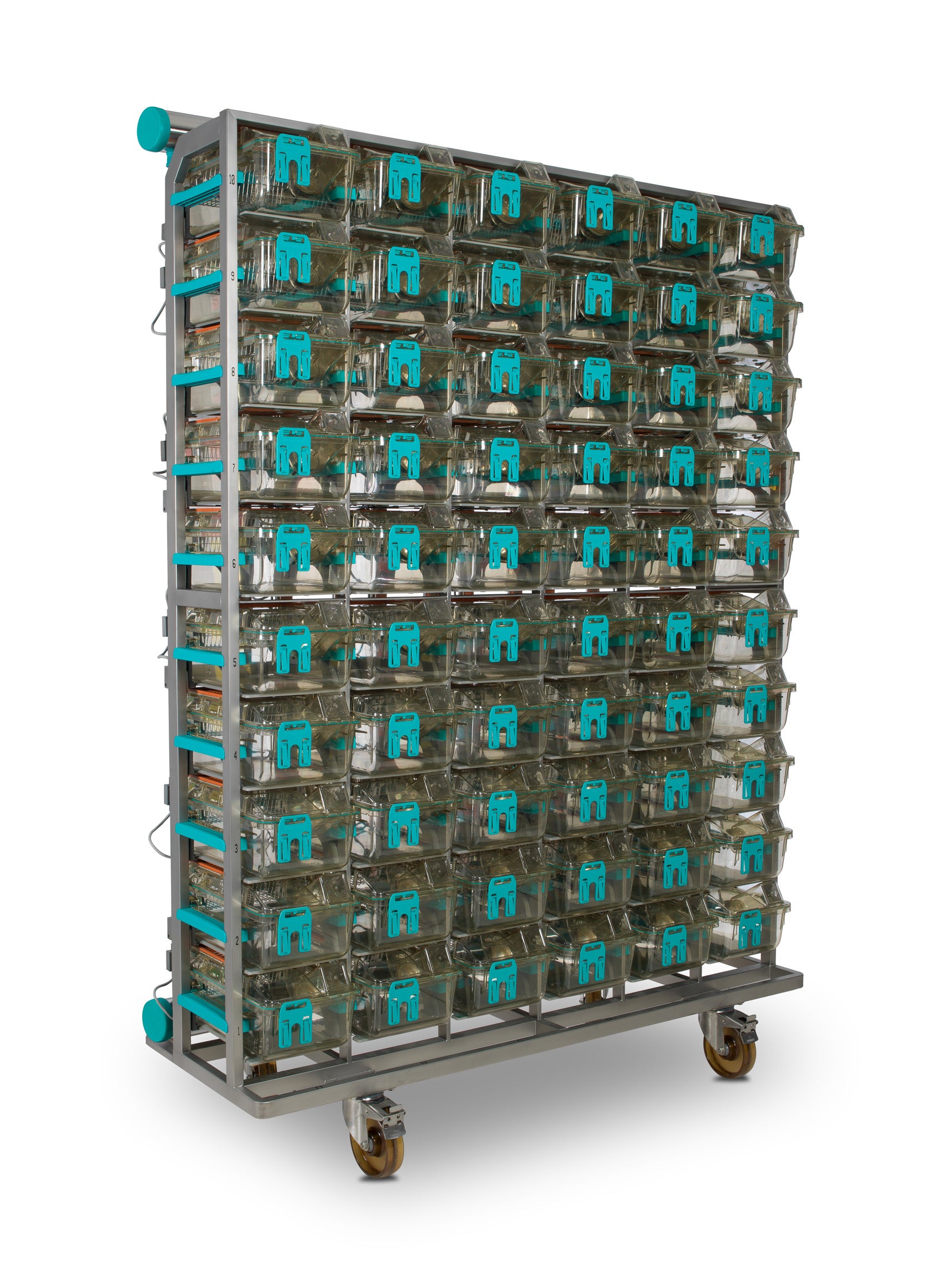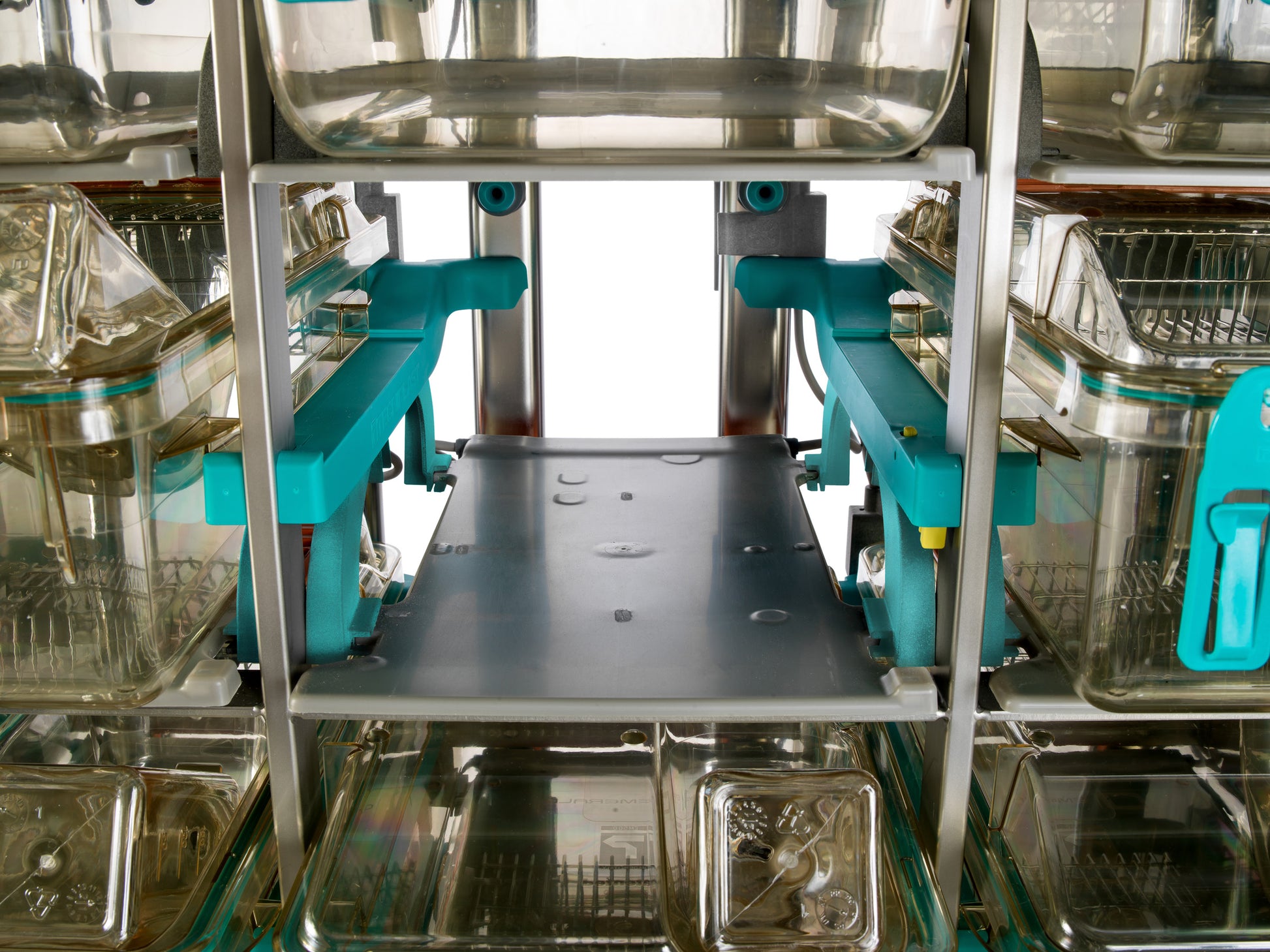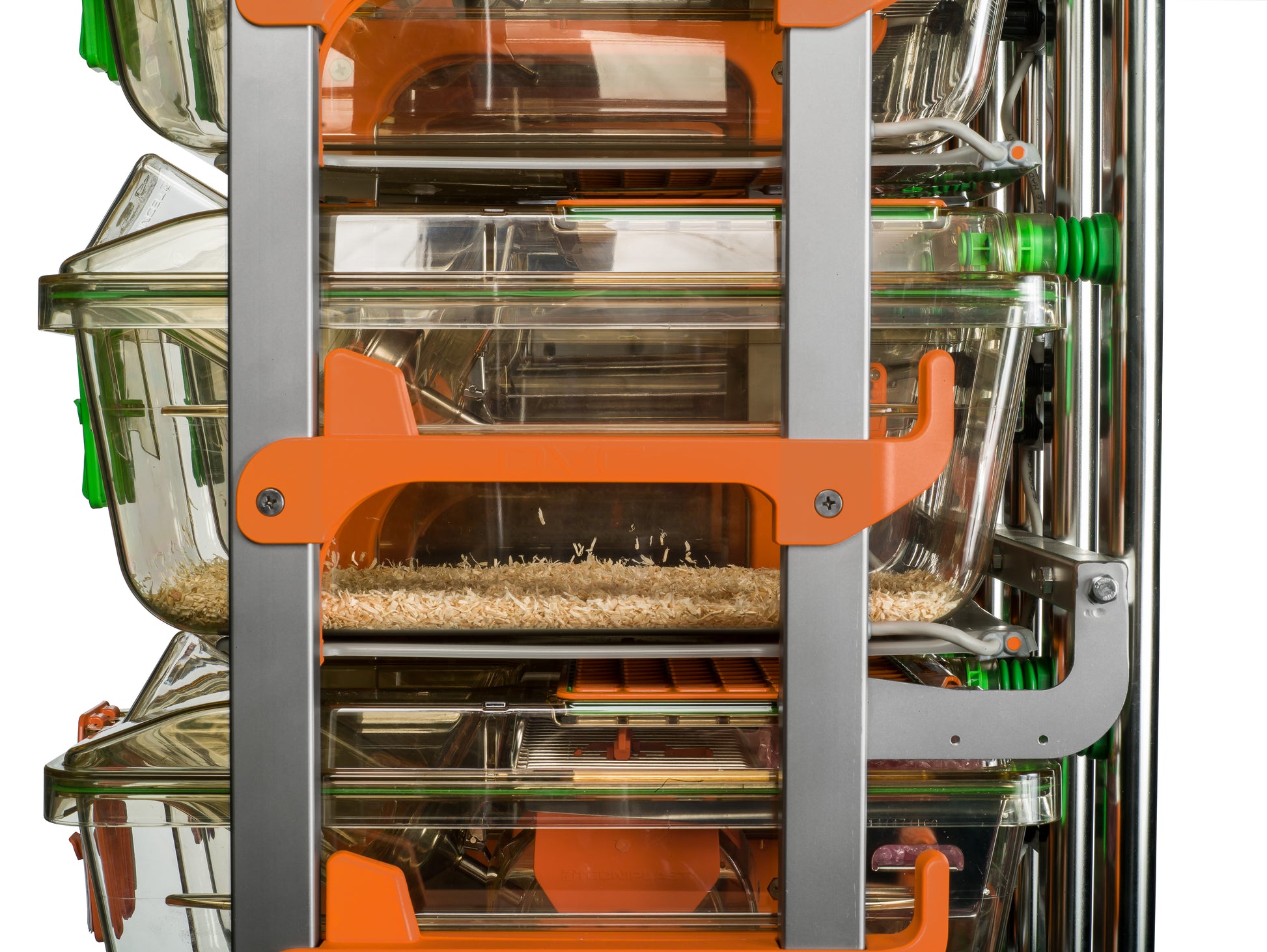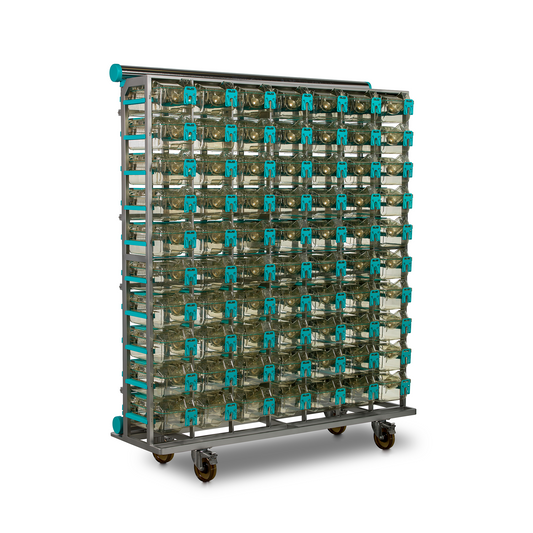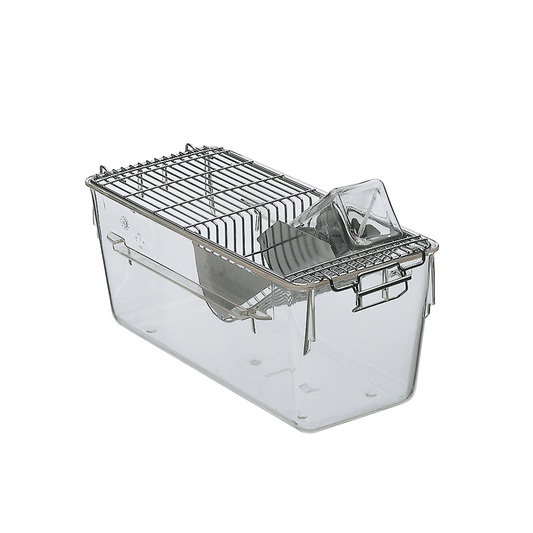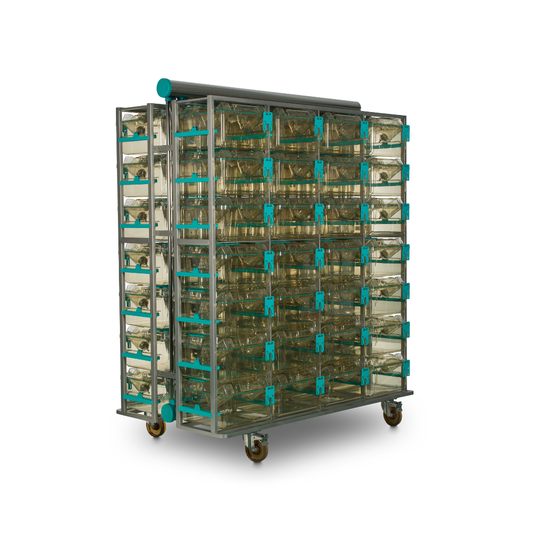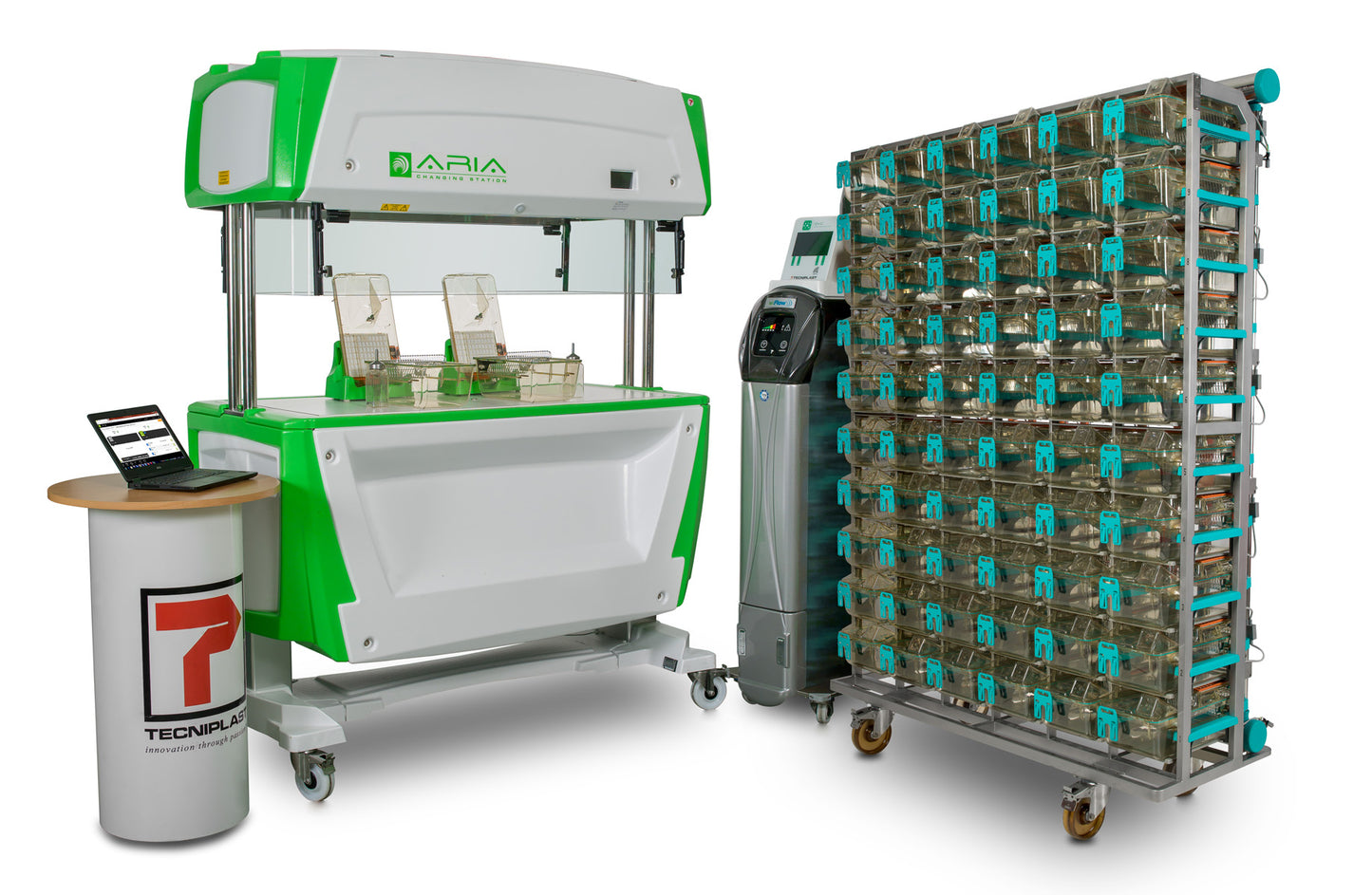

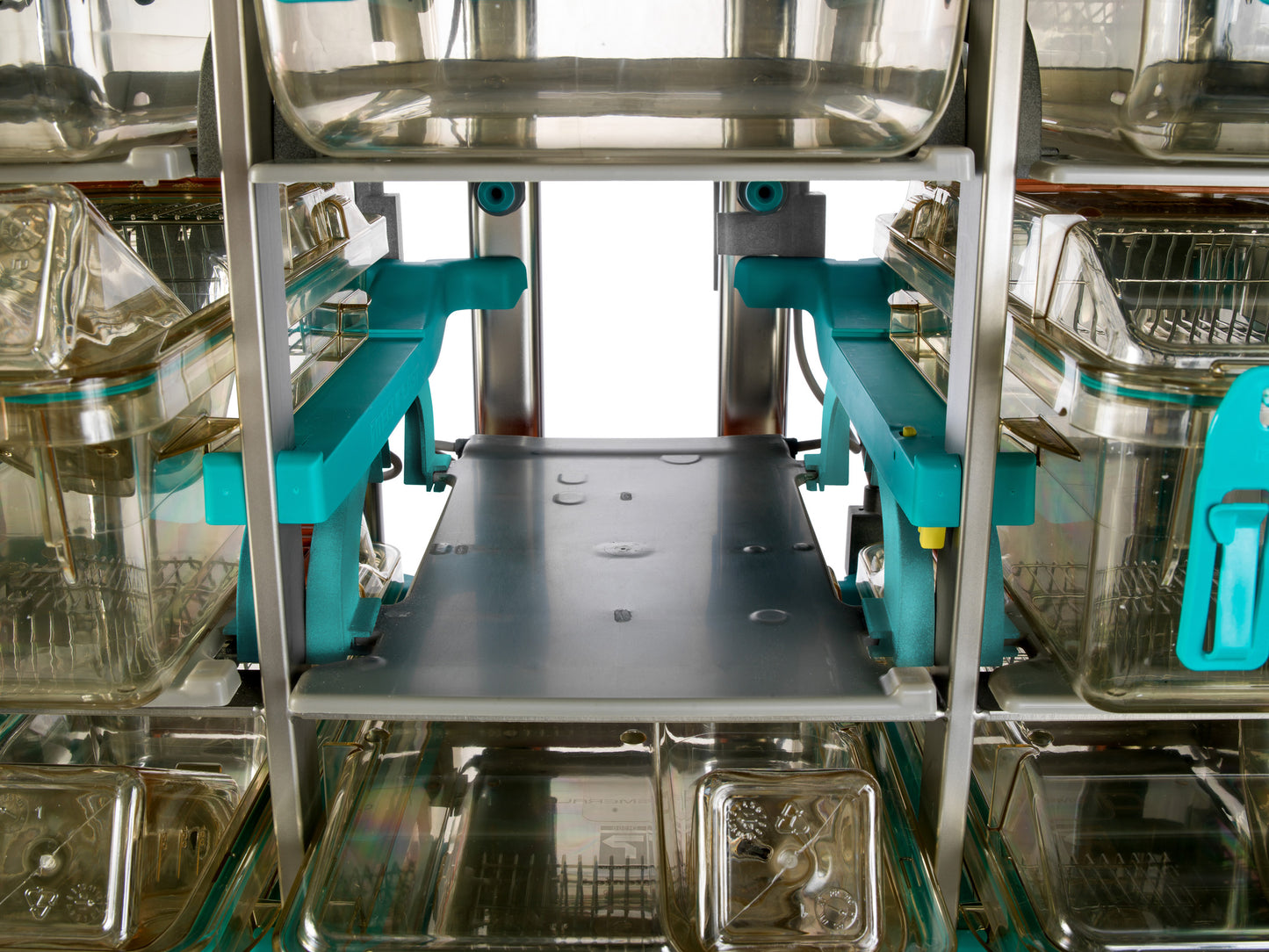
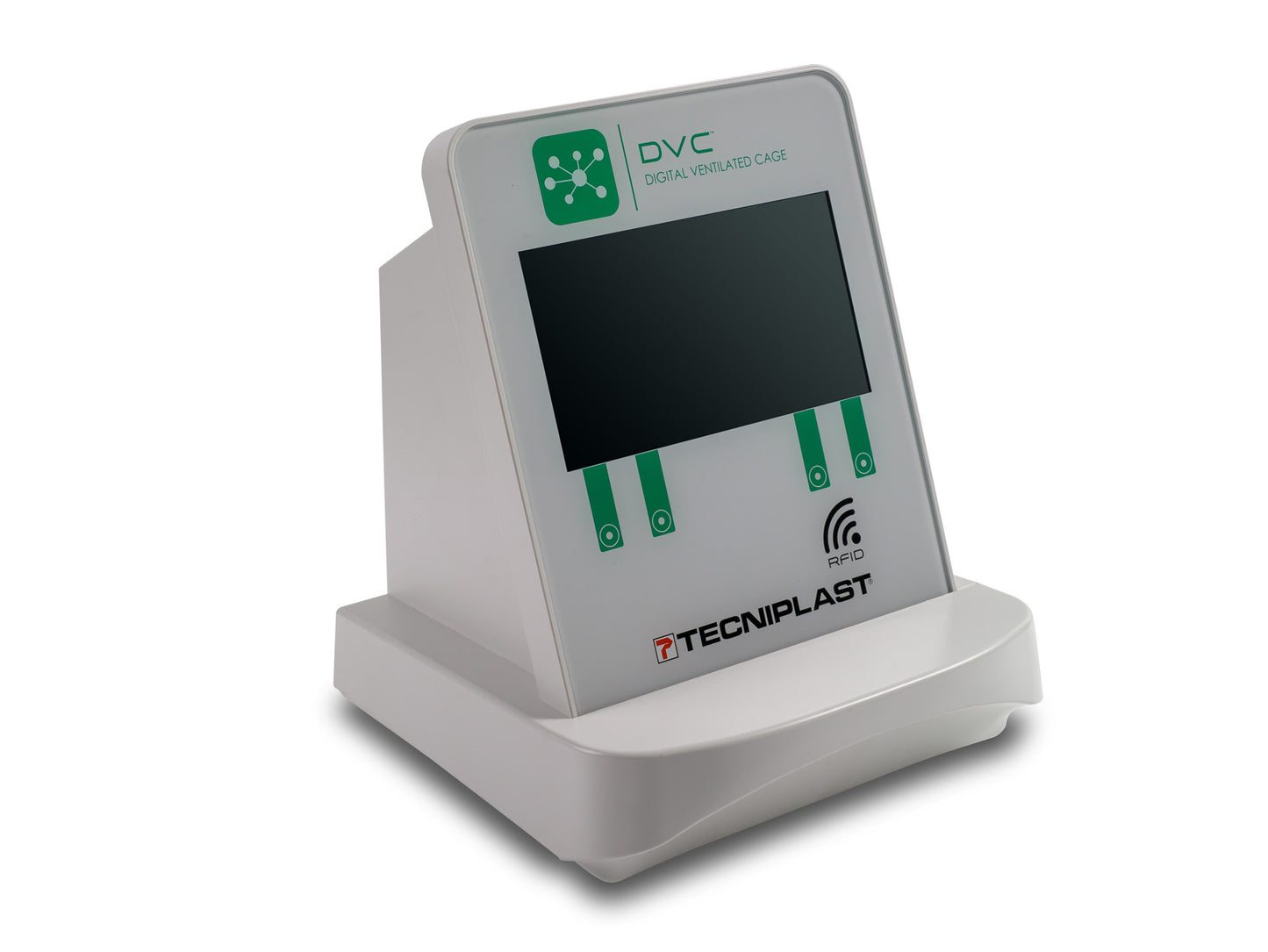
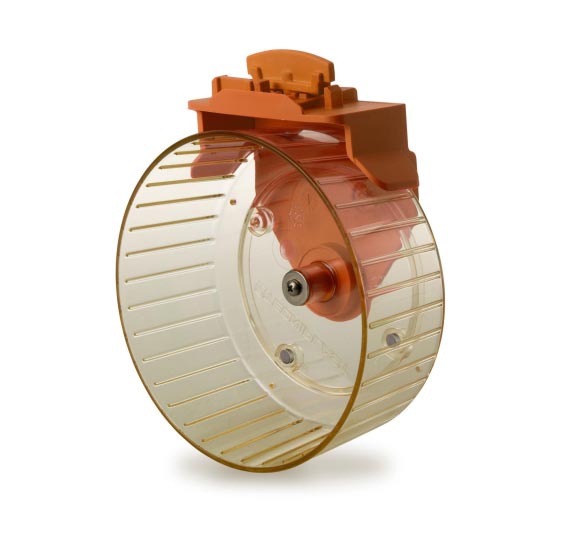

Join the Smart Cage Revolution
The DVC® (Digital Ventilated Cage) system transforms traditional rodent housing into a powerful data-driven research tool. With continuous 24/7 monitoring of animal activity, flooding detection, bedding condition detection, food/water detection, welfare sensing capability and environmental conditions, DVC enables researchers and animal care staff to make informed decisions without disturbing the animals. Its non-intrusive design, real-time alerts, and seamless integration with facility workflows promote both animal welfare and operational efficiency. By joining the DVC revolution, institutions gain a scalable, smart infrastructure that supports reproducible science, enhanced welfare, and next-generation vivarium management.
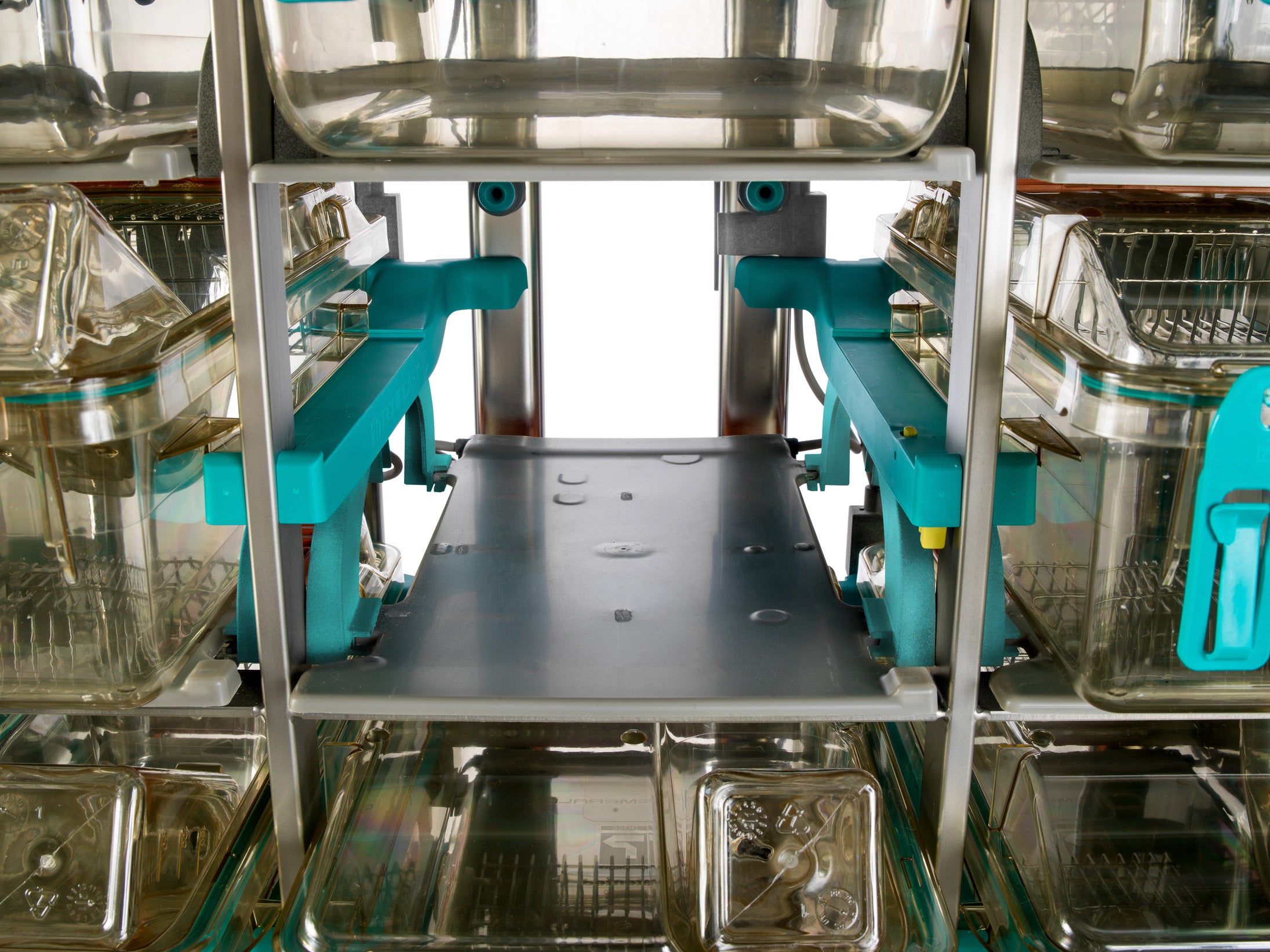
- Specifications
- Downloads
- Videos
| Feature | Description |
|---|---|
| Product Name | DVC Digital Ventilated Cage |
| Compatible Caging | Tecniplast Green Line / Emerald Line / Iso Line |
| Monitoring Type | Non-intrusive 24-7 cage-level activity monitoring |
| Animal Welfare | Reduces animal handling supports 3Rs principles |
| Installation | Installed on new IVC Racks or Retrofittable to existing Tecniplast IVC systems |
| Facility Requirements | 115VAC & Ethernet w/ Proper Firewall Configuration |
| Welfare Detection | Cage Flooding / Fighting / Stress Behavior / Hypoactivity / Hyperactivity / and More! |
| Environment Detection | Temperature / Humidity / Noise / Vibration / Light Level / Human Presence at the Rack Level |
| Food / Water Detection | Yes low food detection and presence/absence of water detection. |
| Software Available | Operational and Analytics |
| Bedding Dirtiness Detection | Tunable algorithmic driven cage change capability reducing cage changes by >50% |
| Running Wheel | Detects speed and distance traveled in real time |
| Analytics Capabilities | Compare Cages / Align Timeframes / Heat Maps / Line Graphs / Histograms / Cage Visualizations |
| Real Time Alerts | Yes and Configurable |
Smart Cage Flyer
DVC Brochure
How Does DVC Work?
Advanced Scalable Technology
The DVC system utilizes a washable, autoclavable, capacitive sensor array that can detect animal locomotion and cage conditions. The sensor array is non-invasive and rests just below the cage. The system does not require chipping or tagging of animals and can interpret data at the cage level. Cages are RFID tracked so that data stays with the cage enhancing research and improving animal welfare and operational efficiency.
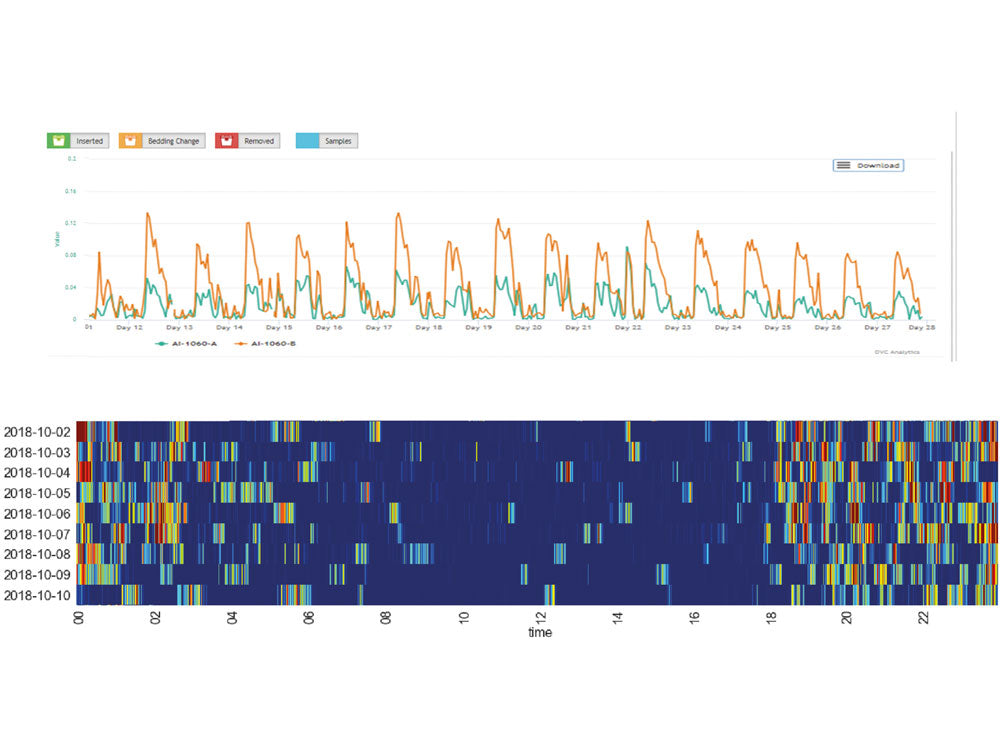
Recommended Items
-
Contact Us


